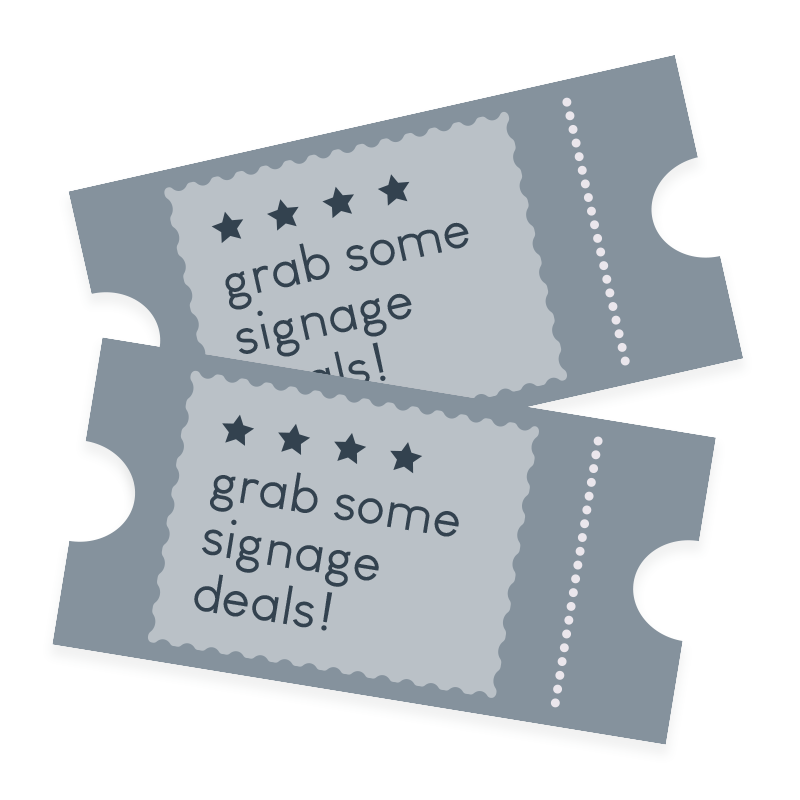
08 Sep Printing treatments explained
Coming up to Christmas many clients like to say thanks to their customers and staff with branded gifts and promotional products. There’s as much choice in products as there is in how to add your logo or key message. Learn about the pros and cons of the most common ways to brand an item and speak like a pro next time you order a branded gift or promotional item.
Pad Printing
Pad printing is one of the most common printing techniques used to brand promotional products and is simply using a stamp to add your logo onto the surface of a product. Depending on the product and its surface you can usually use up to five colours for maximum impact and fit with your brand. It suits hard and undulating surfaces such as plastic, wood and metal, but not fabric and open weave surfaces or very small print areas (less than 4-point font size).
Screen Printing
Screen printing uses a mesh surface to transfer ink onto a material. A stencil is used to allow certain areas access to ink and block other areas. Screen printing is best suited to products that have a flat surface, or can be made flat to allow for a reasonable sized print area such as bags, tote bags and clothing. The major advantage of screen printing is the choice of colours that can be used and the range of products that can be printed. Screen printing can be limited on some products with a small print area or surfaces such as high-density polyethylene (HDPE).
Laser Engraving
Laser engraving creates permanent deep marks on a material with the laser acting as a chisel. A premium treatment, laser suits surfaces that can produce a high contrast such as highly polished metal pens, drink bottles and technology products. Laser can be discreet, depending on the surface, and of course only appears as one ‘colour’.
Sublimation
Sublimation is a process where, under high temperature and pressure, dye from a design on coated heat-resistant transfer paper turns into a gas and permeates the fabric and then solidifies into its fibres. The fabric is permanently dyed so it can be washed without damaging the quality of the image. Sublimated images don’t peel or fade and the colours and tones can be similar to those in a photo. Unlike screen printing, sublimination isn’t limited to certain areas on a product and can be printed right up to ‘the edge’.
Embroidery
When it comes to adding your logo or key message to clothing or fabric, embroidery – actually stitching your logo to a surface works a treat, is long lasting and can be cost effective for small runs. Embroidery gives a very premium feel and intricate logo and designs reproduce in good detail. For surfaces that a needle can’t pierce or those that are too thick to frame embroidery is not an option. Depending on the size of the logo or message embroidery may not always be the most cost-effective choice.
Embossing / Debossing
Both embossing and debossing stamp your logo or message into a surface leaving a raised (embossed) or indented (debossing) impression. Embossing and debossing is a luxury finish suited to branding on leather, PU, paper and even plastic and vinyl.
Digital printing
Digital printing is simply printing from a digital-based image directly to a variety of surfaces and is mostly commonly used on paper-based promotional products. Digital printing allows for full colour reproduction of logo and key messages, is very cost effective and suits small runs and quick turnaround items.
Never fear, we’re always happy to advise you on the best way to brand an item to ensure your logo or key message has centre stage, looks good and wears well.


 grab some signage deals!
grab some signage deals! download our website checklist
download our website checklist